Introduction
Blanched asparagus, with its vibrant green hue and tender-crisp texture, is a culinary delight that elevates any meal. Whether served as a refined appetizer, a side dish, or a light main course, this vegetable’s simplicity belies its ability to shine in both casual and elegant settings. Blanching—a cooking technique that involves briefly boiling vegetables and then plunging them into ice water—preserves the asparagus’s natural flavor, color, and nutrients, resulting in a dish that is both visually stunning and incredibly satisfying. This article will delve into the history, health benefits, and meticulous preparation of blanched asparagus, ensuring that even novice cooks can achieve restaurant-quality results at home.
The Humble Origins of Asparagus
Asparagus (Asparagus officinalis) has been cultivated for thousands of years, with roots tracing back to the Mediterranean region. Ancient Egyptians, Greeks, and Romans prized it for its delicate taste and medicinal properties. The Romans, in particular, developed sophisticated methods of growing asparagus in heated pits to extend its growing season, a testament to their culinary innovation. Over centuries, this vegetable spread across Europe and eventually to the Americas, becoming a beloved ingredient in global cuisines. Today, asparagus is celebrated in springtime festivals, farmers’ markets, and gourmet restaurants alike, symbolizing renewal and the bounty of the season.
Health Benefits: A Nutritional Powerhouse
Beyond its culinary appeal, asparagus is a nutritional powerhouse. Rich in vitamins A, C, E, and K, it supports immune function, skin health, and bone strength. It is also an excellent source of folate, a B-vitamin crucial for cell growth and metabolism. A single serving provides dietary fiber, aiding digestion and promoting satiety. Additionally, asparagus contains antioxidants like glutathione, which combat oxidative stress and reduce inflammation. Its low calorie and high water content make it an ideal choice for weight-conscious diets, while its natural diuretic properties aid in detoxification. Incorporating blanched asparagus into your meals is not just a treat for the palate—it’s a boon for overall well-being.
Selecting the Perfect Asparagus Spears
The journey to perfect blanched asparagus begins at the grocery store or farmers’ market. When selecting spears, prioritize firmness and vibrant color. Thin stalks, often labeled “pencil asparagus,” are tender and cook quickly, making them ideal for blanching. Thicker spears, while equally delicious, may require slightly longer cooking times. Avoid wilted or limp spears, as these indicate age or improper storage. The tips should be tightly closed and bright green (or purple, in the case of certain heirloom varieties). If possible, opt for organic asparagus to minimize pesticide exposure, though conventional varieties are perfectly safe when washed thoroughly.
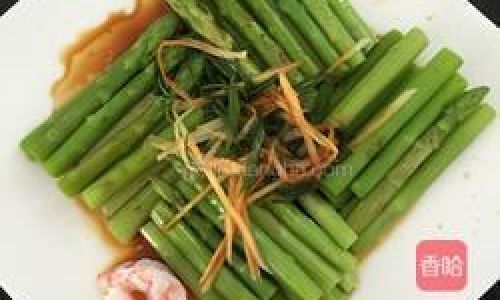
Preparation: From Farm to Table
-
Trimming the Spears:
Asparagus stalks naturally have a fibrous, woody base that is inedible and tough. To remove this portion, hold each spear with both hands and bend it gently until it snaps. The spear will naturally break at the point where the tender upper part meets the fibrous lower section. Alternatively, trim 1–2 inches from the base using a sharp knife. For consistency, line up the spears and trim them all at once. -
Washing:
Rinse the trimmed asparagus under cold running water to remove any grit or sand. For stubborn debris, gently scrub the stalks with a vegetable brush. Pat dry with a clean kitchen towel or paper towels to prevent splattering during cooking. -
Peeling (Optional):
Thicker asparagus spears may benefit from peeling the lower half with a vegetable peeler to ensure even cooking. This step is optional but recommended for spears thicker than ½ inch in diameter.
The Blanching Process: Science Meets Simplicity
Blanching is a two-step process that involves boiling and shocking. This method halts enzyme activity, which can cause vegetables to lose color, flavor, and nutrients over time. Here’s how to execute it flawlessly:
-
Boiling the Water:
Fill a large pot with water, leaving enough room for the asparagus to move freely. Add 1–2 tablespoons of salt per quart of water. Salted water not only seasons the asparagus but also raises the boiling point, ensuring faster cooking. Bring the water to a rolling boil over high heat. -
Preparing the Ice Bath:
While the water heats, fill a large bowl with ice cubes and cold water. This ice bath will halt the cooking process immediately after boiling, preserving the asparagus’s bright green color and crisp texture. -
Cooking the Asparagus:
Carefully add the asparagus to the boiling water. Cooking time varies depending on spear thickness:- Thin spears (pencil-sized): 1–2 minutes
- Medium spears: 2–3 minutes
- Thick spears: 3–5 minutes
To test for doneness, pierce a spear with a fork—it should offer slight resistance but not be mushy.
-
Shocking in Ice Water:
Using tongs or a slotted spoon, transfer the asparagus to the ice bath. Allow it to chill for 2–3 minutes, or until completely cooled. This step is critical; skipping it will result in overcooked, limp spears.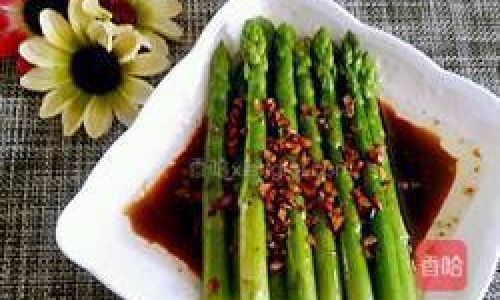
-
Drying:
Remove the asparagus from the ice bath and pat dry with a clean kitchen towel. Excess moisture can dilute seasonings and prevent proper searing if you plan to finish the spears in a pan.
Seasoning and Serving: Elevating the Ordinary
Blanched asparagus is a blank canvas for creativity. Here are some classic and innovative ways to season and serve it:
-
Classic Elegance:
Drizzle with extra-virgin olive oil, a squeeze of lemon juice, and a sprinkle of flaky sea salt. Garnish with freshly ground black pepper and lemon zest for a bright, citrusy finish. -
Herb-Infused Delight:
Toss the spears with melted butter, minced garlic, and chopped fresh herbs like thyme, tarragon, or parsley. For a Mediterranean twist, add a pinch of red pepper flakes and a sprinkle of grated Parmesan cheese. -
Asian-Inspired Flavors:
Dress blanched asparagus with toasted sesame oil, soy sauce, and a sprinkle of sesame seeds. For heat, add a thinly sliced Fresno chili or a dash of sriracha. -
Gourmet Presentation:
Arrange the spears on a platter and top with a poached egg, hollandaise sauce, or a dollop of crème fraîche. For a crunchy texture, sprinkle with toasted almonds or hazelnuts.
Pairing Suggestions: From Seafood to Steak
Blanched asparagus complements a wide range of proteins and grains. Serve it alongside:
- Grilled salmon or seared scallops for a seafood feast.
- Roasted chicken or herb-crusted lamb chops for a hearty meal.
- Quinoa or farro salad for a vegetarian-friendly option.
- Soft-boiled eggs and crusty bread for a simple yet satisfying brunch.
Advanced Techniques: Taking Blanching to the Next Level
For those seeking culinary refinement, consider these expert tips:
-
Aromatic Blanching Liquid:
Enhance the flavor of the blanching water by adding aromatics like garlic cloves, peppercorns, or fresh herb sprigs (e.g., dill, rosemary). The asparagus will absorb subtle hints of these ingredients during cooking.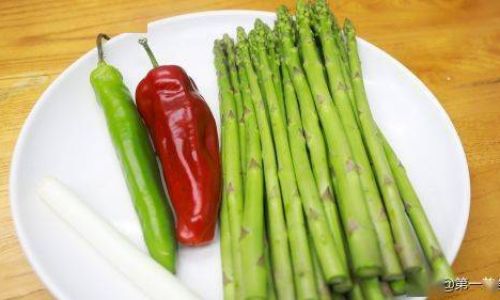
-
Charred Finish:
After blanching, sear the spears in a hot skillet with a drizzle of olive oil until lightly charred. This technique adds depth and smokiness to the vegetable’s natural sweetness. -
Chilled Asparagus Salad:
Toss blanched and chilled asparagus with cherry tomatoes, cucumbers, and a lemon-tahini dressing for a refreshing summer salad. -
Freezing for Later Use:
Blanched asparagus can be frozen for up to six months. After blanching and drying, spread the spears on a baking sheet and freeze until solid. Transfer to airtight containers or freezer bags. Thaw in the refrigerator before reheating.
Troubleshooting Common Pitfalls
Even seasoned cooks encounter hiccups in the kitchen. Here’s how to address common issues:
-
Overcooked Asparagus:
If the spears turn mushy, reduce cooking time by 30–60 seconds in future batches. Remember that residual heat will continue cooking the asparagus after blanching, so err on the side of undercooking. -
Uneven Cooking:
Thick spears may cook unevenly. To prevent this, peel the lower half of thick stalks or blanch them separately from thinner spears. -
Bitter Aftertaste:
Older asparagus can develop bitterness. Counteract this by blanching for the full recommended time and rinsing the spears thoroughly after shocking. -
Dull Color:
If the asparagus loses its vibrancy, ensure the ice bath is sufficiently cold and that the spears are fully submerged during shocking.
Storage and Reheating: Making the Most of Your Harvest
Blanched asparagus is best enjoyed immediately, but leftovers can be stored for later use:
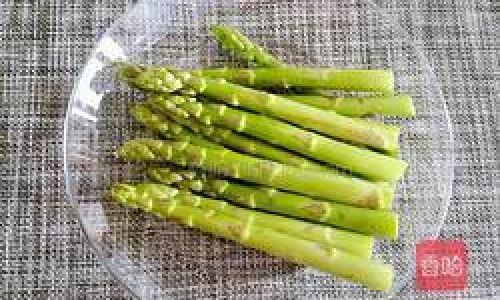
-
Refrigeration:
Place cooled, dried asparagus in an airtight container lined with paper towels. Consume within 3–4 days. -
Reheating:
Gently reheat spears in a skillet with a splash of water or broth to retain moisture. Avoid microwaving, as this can make the asparagus soggy. -
Repurposing Leftovers:
Chop blanched asparagus and add it to omelets, frittatas, or pasta dishes. Blend into creamy soups or mix into grain bowls for added texture.
Conclusion: The Joy of Simplicity
Blanched asparagus is a testament to the beauty of minimalist cooking. By mastering the art of blanching, you unlock a dish that is both elegant and approachable, capable of gracing any table with sophistication. Whether you’re a home cook honing your skills or a seasoned chef experimenting with flavors, this technique offers endless possibilities. So next time you bring home a bunch of fresh asparagus, remember that perfection lies in the details—a pot of boiling water, a bowl of ice, and a touch of seasoning. With practice, you’ll transform this humble vegetable into a culinary masterpiece, one tender spear at a time.
Final Thoughts
The next time you crave a dish that marries health, flavor, and beauty, look no further than blanched asparagus. Its versatility knows no bounds, and its preparation is a meditation on patience and precision. As you savor each bite, take pride in knowing you’ve honored a vegetable with a rich history—and created a meal worth celebrating.
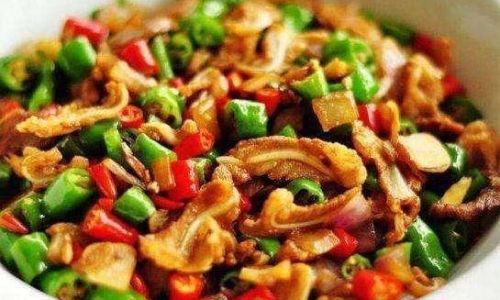
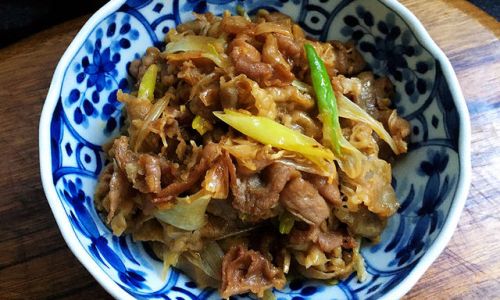
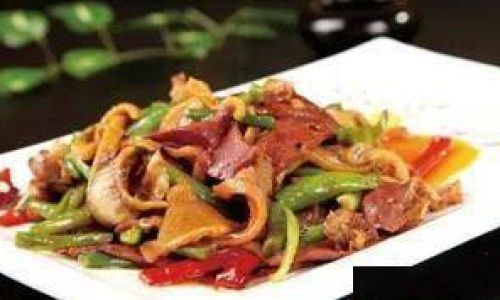
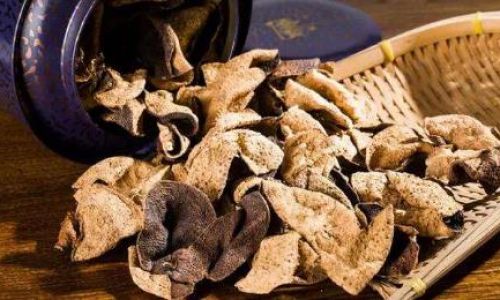
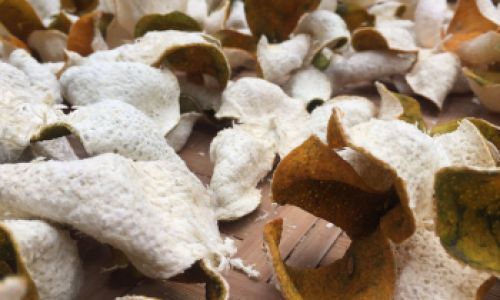
0 comments